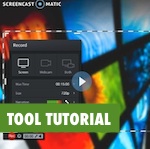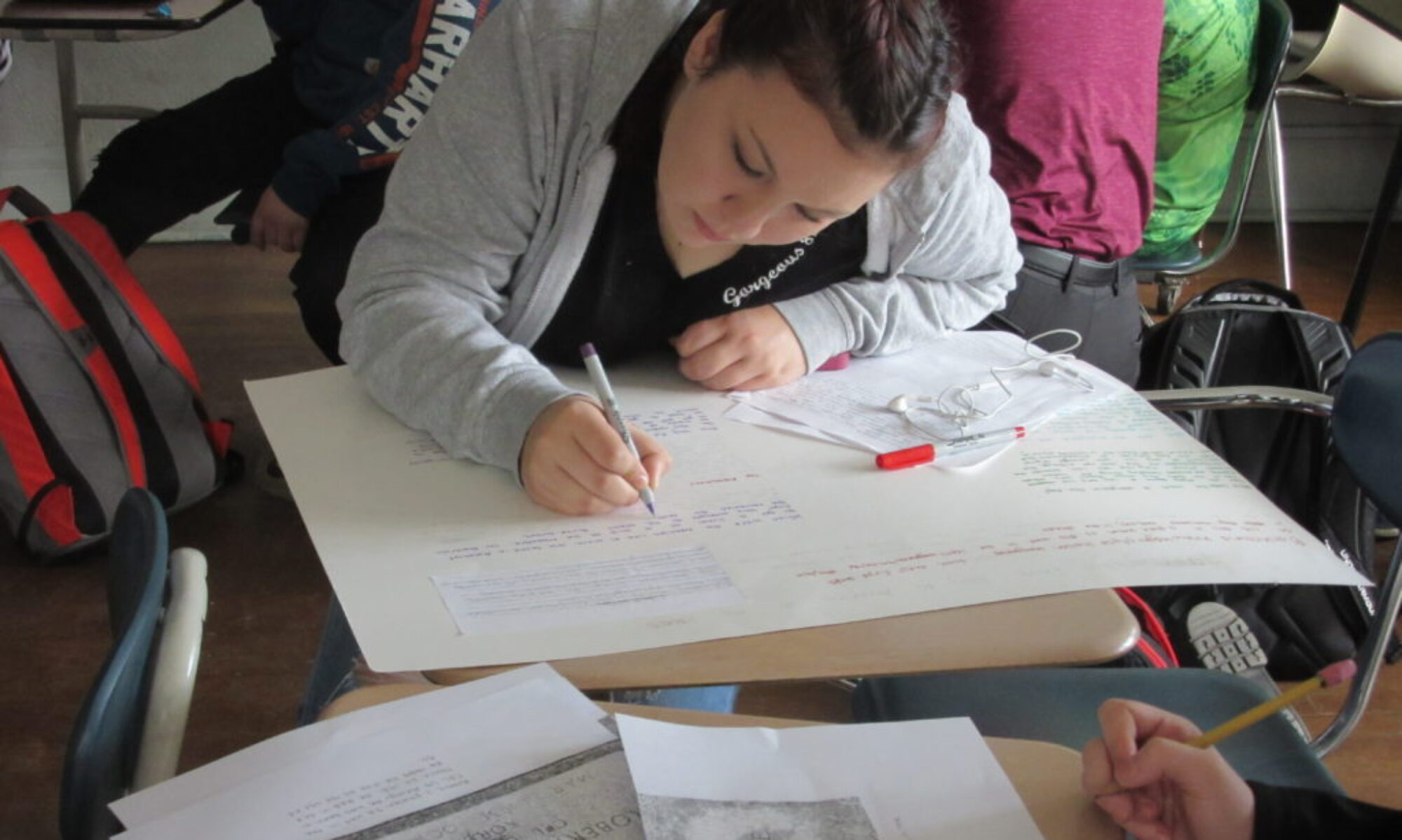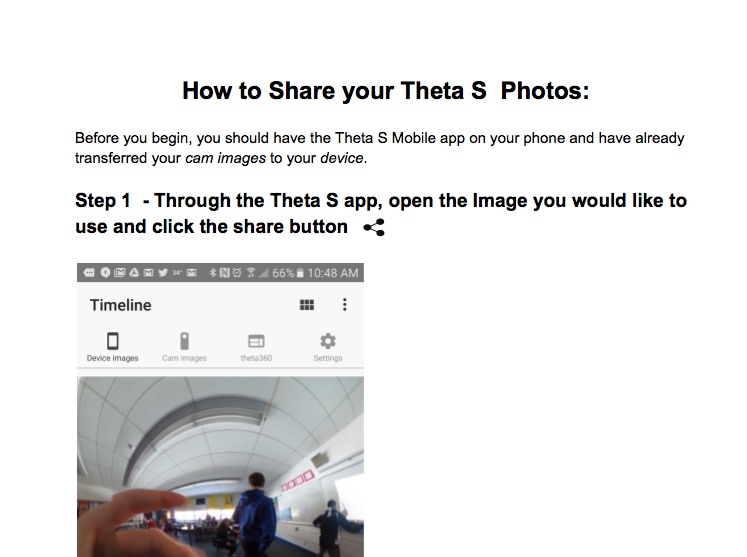Help students become creators of this engaging new technology
 With the astronomical rise in popularity of virtual reality in education, it’s important to make available tools for students to create virtual reality content as well as consuming it. So while you get ready to send your students off on Expeditions to amazing new worlds and experiences, have ways for them to make their own waiting when they return.
With the astronomical rise in popularity of virtual reality in education, it’s important to make available tools for students to create virtual reality content as well as consuming it. So while you get ready to send your students off on Expeditions to amazing new worlds and experiences, have ways for them to make their own waiting when they return.
Let’s look at a couple ways students can create VR content.
What’s VR?
VR stands for virtual reality: immersive multimedia content that attempts to replace conventional reality. The most well-known example is Google Expeditions. To view an Expedition, you put your phone inside a cardboard “viewer” (nearly identical to the old View-masters), then play a 360-degree video. The cardboard viewer shows the video stereoscope-style.
Inside the Expedition, students experience high-resolution 360-degree videos that showcase places they likely have never had a chance to visit first-hand. Check out this footage, below from inside an underwater Expedition:

Why is VR important?
Virtual reality is super interesting right now for a couple of reasons.
- It’s a great way to present compelling content about different locations and experiences. Watching and hearing a place can be much more engaging for students than simply reading about it.
- VR also provides students with unprecedented access to places on the planet they not just haven’t visited, but in some cases may have never thought of visiting. It increases the realm of what students believe is possible for them personally.
But possibly the most compelling reason is that there are some early indications that VR may increase students’ empathy. Again it comes down to media: it’s one thing to read on a page: “The children in the camp were starving”, and another thing entirely to see and hear one particular hungry child.
Virtual reality materials largely consist of embracing the idea of 360-degree media creation, either with a photo or video. Let’s look at two ways students can get started.*
Creating 360-degree videos
With 360-degree cameras! We’ve been experimenting with 360-degree cameras and have had a lot of success with the Theta Ricoh S. The Ricoh S mounts on a conventional tripod, and can store nearly 20 minutes of video. It also has an app that provides a convenient UI for viewing videos and photos.
You can transfer videos you’ve shot on the Ricoh S to a smartphone or tablet. Then open them in the app. Once you’ve set the video to stereoscope:
![]()
Pop the device into a Cardboard-style viewer and away you go!
Erica Zimmer, tech integration specialist in Rutland VT, created this incredibly helpful guide to getting your photos and video off the Ricoh camera.
Creating 360-degree photos
With Thinglink:
Thinglink.com offers you the ability to create 360-degree photos without having to stitch them together yourself: their VR tool allows you to upload any panoramic photo, and their VR tool will stitch it for you. Then you’re free to augment your photo with multimedia content.
Here’s one I made earlier! Oldtown Sacramento, augmented with audio and video stories relating to its history.
Once you have the 360-photo, you can slip your phone or tablet into a Cardboard-style viewer for a more immersive experience.
Two cautions about Thinglink’s VR tool: it’s currently only available with the Teacher plan (read: costs $) and the tool itself is very particular about the size of your panoramic photo. It must be aspect ratio 2:1 and maximum resolution 5376 x 2688 pixels. The measurements are super-exacting, and you can’t be off by even a single pixel.
Or with Google Street View’s “photospheres”:
ISTE created this tutorial for using the Google Street View app to create “photospheres”, their terms for 360-degree photos.
Basically, the app allows students to choose a location in the world, zoom there, then they move their phones around (following the app’s prompts) to take a variety of photos of the location. The app then stitches them all together into one 360-degree panorama. Pop the phone back in a Cardboard viewer and voilà: instant virtual reality!
Shiny? Yes. Immersive? Kind of.
For us, Thinglink has the edge in photo production because students can add links to video and audio to the image. They can create their own video, audio, still or written reflections to the image as well.
Have you created virtual reality materials with your students?
*There are more in-depth ways for students to create virtual reality materials — namely by involving the Unity game engine and doing a little coding — but if you’re looking for quick and easy ways to start your students on the VR creation road, these should do the trick.



One Reply to “Looking at ways students can create VR content”
Comments are closed.